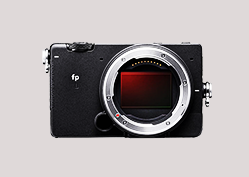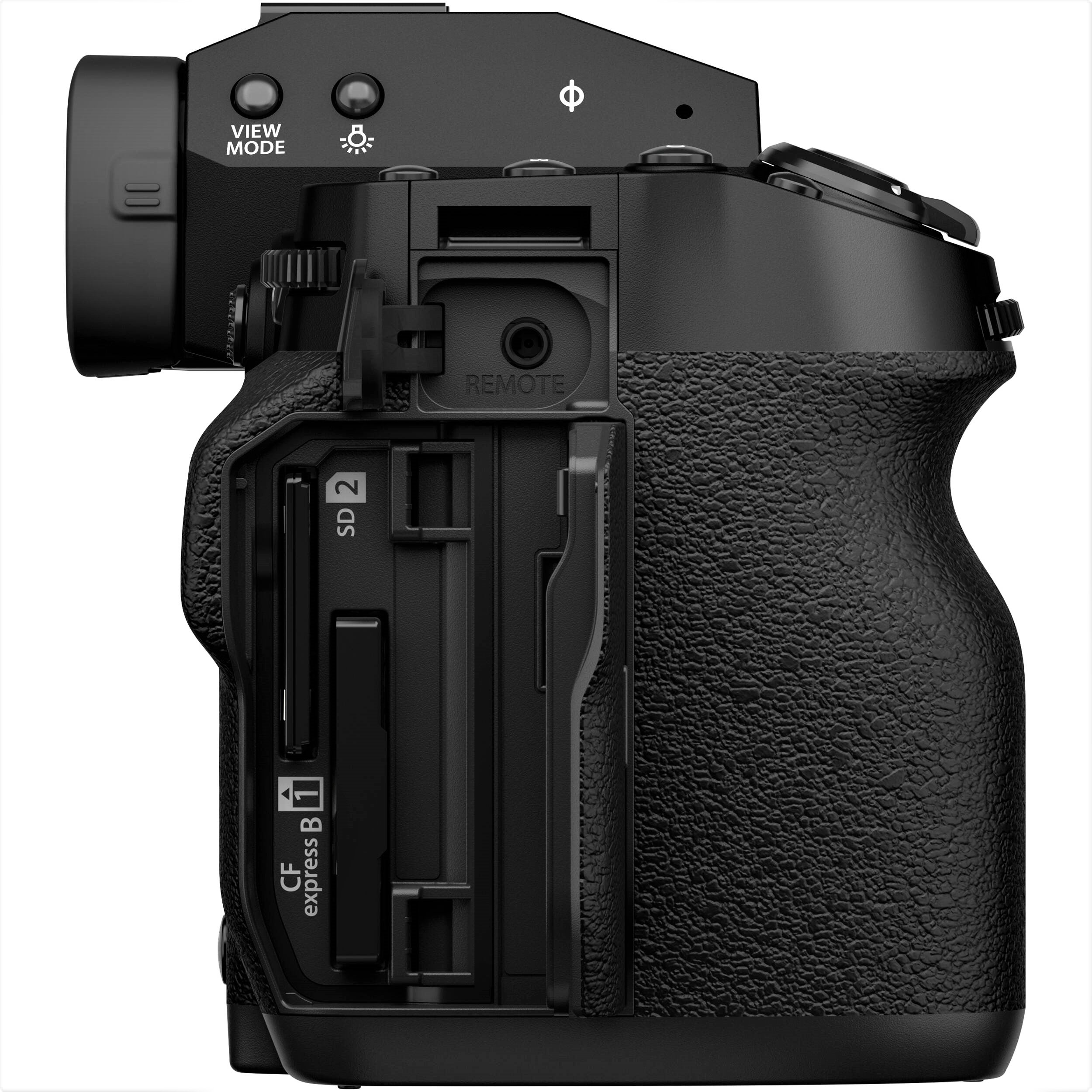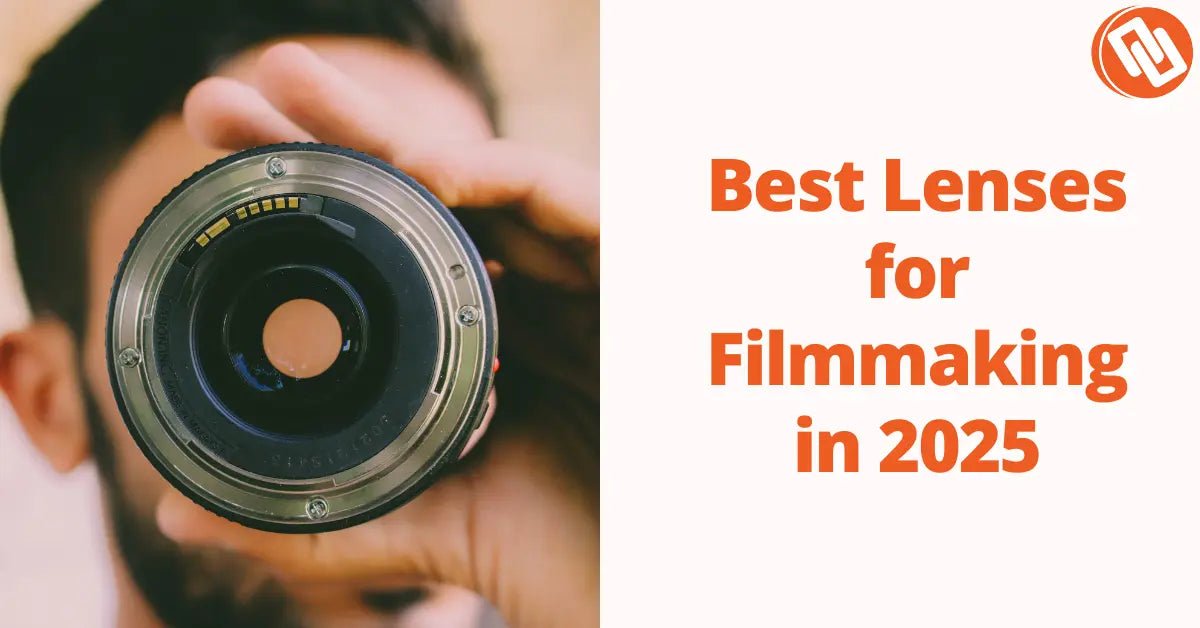In today’s digital world, the debate of smartphone vs DSLR camera is hotter than ever. Did you know that over 92% of all photos in 2025 are expected to be taken using smartphones? That’s a staggering shift but does convenience really beat quality? Whether you’re a vlogger, hobbyist, or professional photographer, choosing between a smartphone and a DSLR depends on your creative goals, budget, and how deep you want to dive into the world of photography.
This article will help you understand both sides from image quality to usability, so you can make an informed, confident choice.
Understanding the Core Differences
Before comparing specs or sample shots, it’s important to understand how these two camera types function. The gap between smartphones and DSLRs is shrinking, but their underlying technology and design philosophy remain distinct.
How Smartphone Cameras Work
Smartphone cameras are marvels of compact engineering. Modern flagship phones like the iPhone 15 Pro or Samsung Galaxy S24 Ultra pack multiple lenses (wide, telephoto, and ultra-wide) and use computational photography to create stunning results.
Here’s how they work in essence:
-
Sensor & Processing: The sensor captures light, and advanced AI algorithms instantly process the image to enhance colors, brightness, and sharpness.
-
Software Optimization: Smartphones rely heavily on machine learning and image stacking to mimic DSLR-like results.
-
Multi-Lens Systems: High-end models switch between lenses to create zoom or depth effects, compensating for the lack of optical flexibility.
The result? You get social-media-ready images with minimal effort. However, smartphones often simulate photographic depth and clarity rather than capturing it optically.
How DSLR Cameras Work
A DSLR (Digital Single-Lens Reflex) camera works with a much more manual and optical-based system. It uses a mirror mechanism to reflect light into an optical viewfinder, giving you a true-to-life preview of the shot.
Key technical advantages include:
-
Larger Sensor Size: A DSLR’s APS-C or full-frame sensor captures far more light and detail than a smartphone’s tiny sensor.
-
Interchangeable Lenses: From macro to telephoto, the ability to change lenses opens up endless creative control.
-
Manual Control: Aperture, shutter speed, and ISO can all be adjusted manually for precision shooting.
In short, DSLRs prioritize image quality, flexibility, and control, while smartphones prioritize accessibility and software innovation.
Image Quality Breakdown
When it comes to photography, image quality is the battlefield where smartphones and DSLRs truly face off. Despite major advances in AI processing, DSLRs still dominate in certain areas but smartphones are catching up fast.
How Does Lens Size Affect Photo Quality?
One of the biggest determinants of image quality is lens size. DSLR lenses are physically larger, allowing more light to reach the sensor, which means:
-
Sharper detail in low light
-
Better depth of field control
-
More accurate color rendition
Smartphones, by contrast, use miniaturized lenses and software blur (bokeh simulation) to replicate these effects. While results are impressive, they still can’t match the true optical depth and clarity of a DSLR lens.
Interestingly, lens size also impacts focal length versatility. DSLRs can capture distant subjects without digital zoom degradation, while smartphones rely on cropping or hybrid zoom, which reduces resolution.
Dynamic Range, Sharpness, and Color Accuracy
Dynamic range refers to how well a camera captures both bright and dark areas in a single image. DSLRs still hold the edge here, especially in challenging lighting conditions.
-
Smartphones use computational HDR to blend exposures and boost dynamic range.
-
DSLRs, however, capture it natively, providing more flexibility during editing and better tonal transitions.
In terms of sharpness and color accuracy, smartphones often enhance sharpness and saturation for instant visual appeal, while DSLRs produce a more true-to-life, editable image perfect for professionals who prefer to post-process their work.
Can a Smartphone Camera Replace a DSLR?
It depends on what you’re shooting and why.
-
For casual users or vloggers, modern smartphones can absolutely replace DSLRs. Their portability, built-in stabilization, and AI-driven quality make them ideal for fast, on-the-go content creation.
-
For professionals, especially in commercial photography, product shoots, or print work, DSLRs (or mirrorless systems) remain unmatched in raw image quality, low-light performance, and creative control.
Smartphones are improving exponentially but for now, they complement DSLRs rather than fully replace them.
Usability and Portability
When it comes to real-world use, usability and portability often determine whether a person sticks with photography or not. While DSLRs deliver exceptional image control, smartphones dominate in convenience and everyday practicality.
Smartphones are designed for instant photography — pull it out, tap the screen, and you’ve got a well-balanced photo ready for social media in seconds. They’re pocket-sized, lightweight, and always with you. AI-powered features like scene optimization, face detection, and auto HDR make shooting effortless even for beginners.
DSLRs, on the other hand, require more intent. You’ll need to understand exposure settings, lenses, and sometimes tripods or filters. The learning curve is steeper, but so is the reward. DSLRs are the go-to tool for those who value precision over convenience — think professional shoots, travel photography, and portraits where every pixel matters.
In short:
-
Smartphones = instant creativity and convenience.
-
DSLRs = deliberate artistry and full creative control.
How to Choose Between a Phone and DSLR for Vlog Content
Vlogging has become one of the biggest factors in this smartphone vs DSLR camera debate. Both can capture video beautifully, but your choice should align with your content style, goals, and platform.
1. If you’re a mobile or travel vlogger:
A smartphone is ideal. Modern flagship phones record in 4K and even 8K, often with built-in stabilization and high-quality microphones. Devices like the iPhone 15 Pro or Google Pixel 9 Pro can handle almost any lighting condition, and you can shoot, edit, and upload all from one device.
2. If you’re a professional or cinematic vlogger:
A DSLR (or even a mirrorless camera) gives you greater depth of field, lens versatility, and manual control over exposure. This means you can achieve that soft background blur and filmic aesthetic that’s difficult to replicate with smartphones.
3. Hybrid creators:
Many vloggers today use both, smartphones for mobility and behind-the-scenes footage, and DSLRs for high-quality studio content. This hybrid approach captures the best of both worlds.
Cost, Maintenance, and Longevity
The cost factor often plays a decisive role for creators and casual users alike.
Smartphones:
A flagship phone with a top-tier camera (like the Samsung Galaxy S24 Ultra or iPhone 15 Pro Max) costs around $1,000–$1,400. That might seem steep, but it’s a multifunctional device that replaces not only a camera but also your editing workstation, communication tool, and social media hub. Maintenance is minimal — just protect it with a case, and updates happen automatically.
DSLRs:
A beginner DSLR kit starts around $600–$800, while professional setups easily cross $3,000–$5,000 when you factor in lenses, tripods, batteries, and cleaning gear. DSLRs also require ongoing care sensor cleaning, lens maintenance, and firmware updates are part of the package.
However, a DSLR can last a decade or more if maintained properly. Smartphone cameras, by contrast, evolve quickly; most people upgrade every 2–3 years to keep up with new features.
So while DSLRs are a bigger upfront investment, they often pay off long-term for serious photographers, whereas smartphones are a tech-driven cycle of innovation and replacement.
Best Phone for Photography in 2025
Smartphone cameras have reached levels of sophistication that rival professional tools especially for social media, content creation, and travel photography. Based on early 2025 benchmarks, the top contenders for best phone for photography are:
-
Apple iPhone 15 Pro / Pro Max: Exceptional color science, ProRAW support, and powerful A17 chip make it unbeatable for consistency.
-
Samsung Galaxy S24 Ultra: Industry-leading zoom capabilities (up to 100x hybrid zoom) and dynamic range enhancements powered by AI.
-
Google Pixel 10 Pro: The king of computational photography, especially for portraits and night shots.
-
Xiaomi 14 Ultra: A rising favorite with Leica optics, offering DSLR-like depth and sharpness for less.
Each of these smartphones uses AI-driven optimization and multi-lens setups that make even amateur photographers look professional.
Best Camera for Photography in 2025
For those leaning toward the DSLR side (or mirrorless, which has now largely replaced DSLRs in the market), the top performers of 2025 stand out for their versatility and performance:
-
Canon EOS R6 Mark II: A powerful full-frame camera with stellar autofocus and incredible low-light capability, ideal for both photos and video.
-
Nikon Z8: Designed for hybrid shooters, this mirrorless powerhouse rivals flagship models at a reasonable price point.
-
Sony A7R V: Known for its 61MP resolution and top-tier dynamic range, perfect for landscape and commercial photography.
-
Fujifilm X-T5: Beloved for its color science and compact body, offering DSLR performance in a travel-friendly format.
These cameras represent the pinnacle of optical performance, offering professional-grade control, larger sensors, and lens ecosystems that smartphones can’t yet match.
When to Use Each: Practical Scenarios
Choosing between a smartphone and a DSLR camera ultimately depends on your purpose and workflow. Both have evolved dramatically, and each shines in specific scenarios.
Use a smartphone when:
-
You need quick, high-quality shots for social media, travel, or vlogging.
-
You prefer a lightweight, all-in-one solution with instant editing and sharing capabilities.
-
You often shoot in good lighting conditions and value convenience over technical precision.
Use a DSLR when:
-
You want maximum creative control from depth of field to shutter speed.
-
You shoot in low light or challenging environments where lens flexibility matters.
-
You plan to print, sell, or professionally edit your images and videos.
If you’re a content creator, pairing both can be the best strategy: your smartphone for mobility and spontaneity, and your DSLR for precision and professional polish.
Conclusion
The debate of smartphone vs DSLR camera isn’t about which one is better, it’s about which one is better for you.
Smartphones have redefined convenience, packing AI, multi-lens systems, and computational photography into sleek devices that anyone can master. They’re perfect for creators who need speed, simplicity, and shareability. DSLRs, on the other hand, remain the gold standard for image depth, lens versatility, and full creative freedom. They demand more effort but deliver unmatched results for serious photographers and filmmakers.
In essence:
-
Choose a smartphone if you prioritize accessibility, speed, and ease of sharing.
-
Choose a DSLR if you value image precision, flexibility, and long-term growth as a photographer.
Both tools can tell powerful visual stories, it’s your vision that defines the art, not the gear.
If you’re ready to explore more photography insights, gear comparisons, and professional tips, visit Nuzira to continue your creative journey. Whether you’re capturing moments on a smartphone or framing masterpieces with a DSLR, we’ll help you make every shot count.





